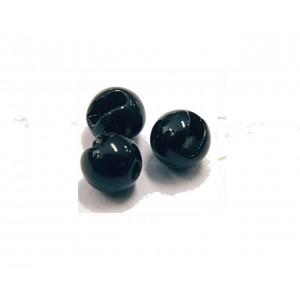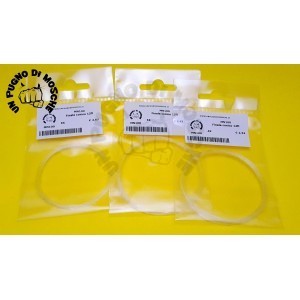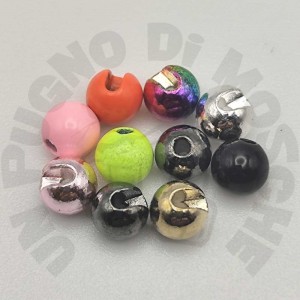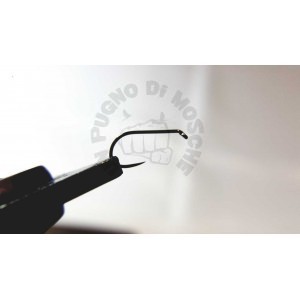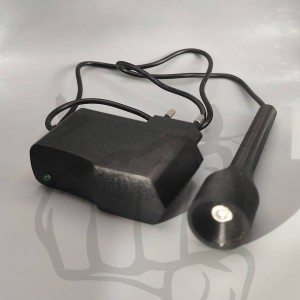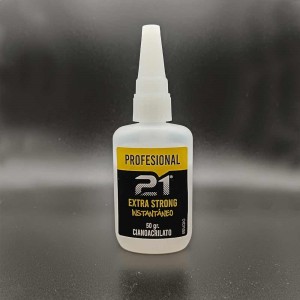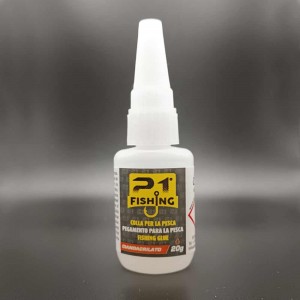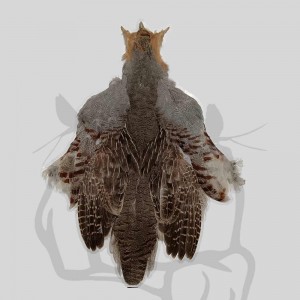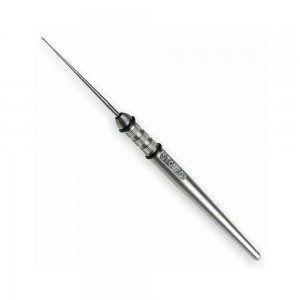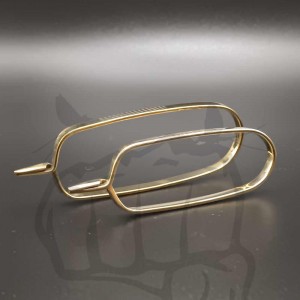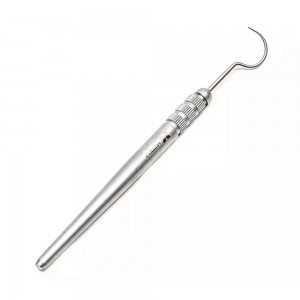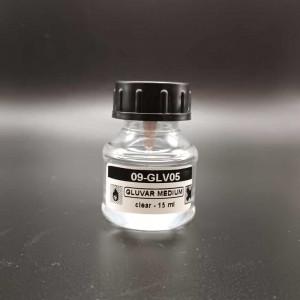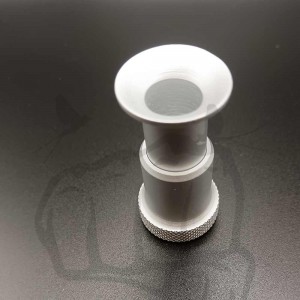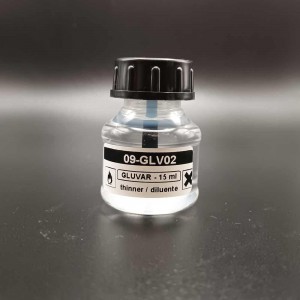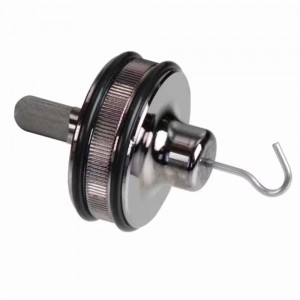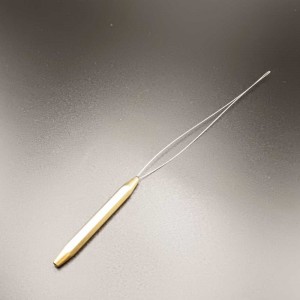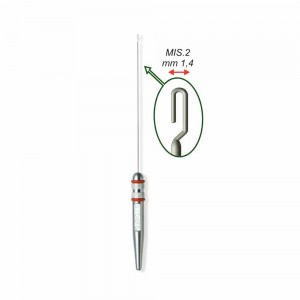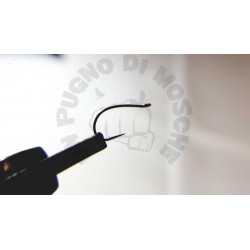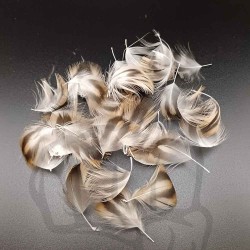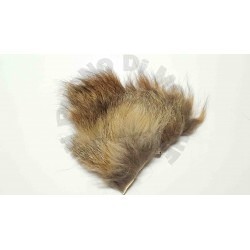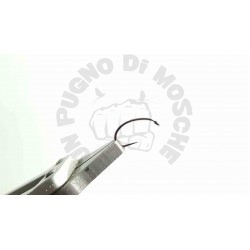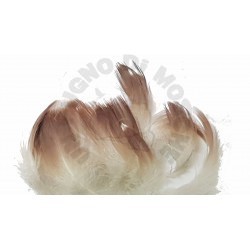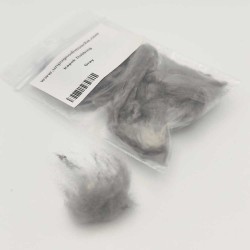Active filters
Fly tying materials | Materials and tools for tie flies
Small Definition of fly tying:
The fly tying is the technical one which, by using specific fly tying tools and use of materials for fly tying, allows to tie materials of different nature to a hook in order to tie a fishing fly.
Let's see together the various types and tools to be used.
Fly tying tools and vices
Fly tying Tools and vices for fly tying are necessary if we want to tie a fly, they allow us to lock a hook through the clamps, wrap around the assembly wire or other types of wire with which all types of material are blocked.
Fly fishing hooks
The hooks are fundamental for fly tying, they are the base from which to start, it is therefore necessary to learn to know and distinguish them, the differences between barbless and non barbless, the differences between the various types love us.
Sinkers
Sinkers are materials for fly tying which, as the word implies, weigh it down. There are various types, from tungsten beads to cones, from eyes to lead wire. We will use these materials when we want to tie flies that sink below the surface, for example nymphs or streamer.
Glues and waxes
Glues and waxes are necessary for the assembly of dubbing or some special assembly such as mounting in a slot. These normally chemical products allow easy and correct wrapping of some materials on the wire that would normally be difficult to use.
Feathers
Feathers have always been used in fly tying, obviously of animal origin there are various types, these will help more or less in the floating and in the movement the dry or submerged flies that are.
Cape and saddle
Capes and saddles are always feathers but it is nice to distinguish them because it is a material for fly tying that stands out from the others. There are companies that raise animals for this purpose and select them genetically to obtain the highest quality that is related to the length of the feathers, size of the calamus, luster and elasticity of the herls.
Dubbing
Dubbing is a fly tying material that is normally wrapped around the assembly line, of natural or synthetic origin, used to tie bodies and thoraxes on any type of fly.
Synthetic fibers
Synthetic fibers are of various types, to tie dry or wet flies, streamer and nymphs. Thanks to technologies, these materials are taking over natural materials even if a small niche prefers the latter because they are less polluting due to environmental issues.
Furs
The animal fur's origin are widely used as fly tying material, not all furs are indicated for these purposes, among the best and best known are certainly those of ungulates such as roe, deer, chamois deer which help in the floatation of fishing flies.
Thread and Tinsel
Very important as the hooks and the tools the thread and the tinsel are the binder for all fly tying materials, without these you cannot tie even in the simplest forms. They can be divided into various types, the main ones are the mounting wires that will allow you to tie the materials to the hook.


